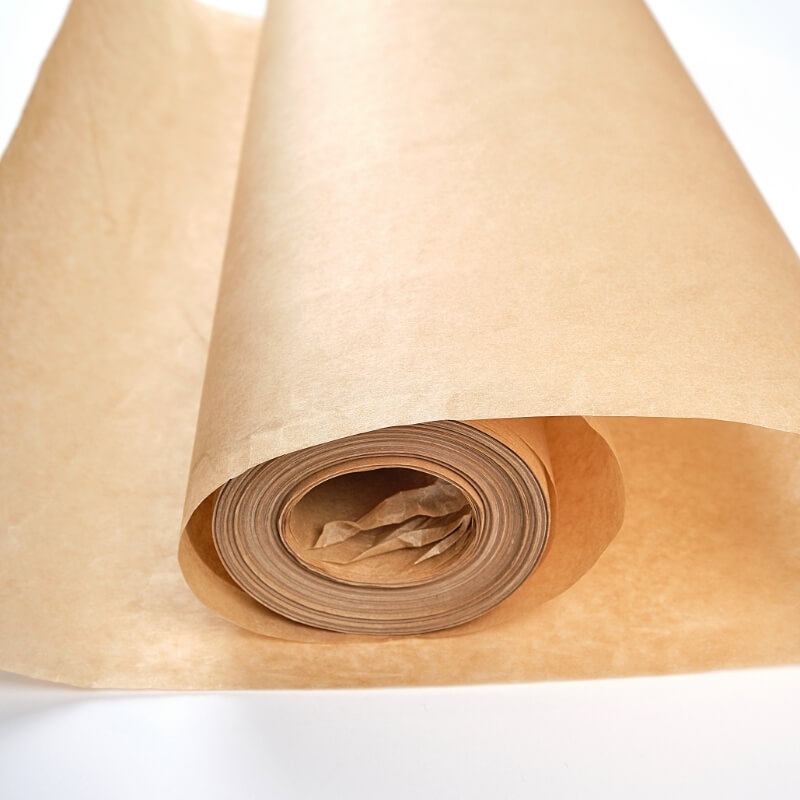Brown kraft paper
Unbleached Kraft Paper is a natural, eco-friendly packaging solution made from 100% virgin wood pulp. Free from bleaching chemicals, it retains its organic appearance while meeting strict food safety standards in China, the United States, and Europe. Strong, hygienic, and compostable, this paper is both durable and sustainable. Ideal for direct food contact, it’s commonly used in food totes and takeaway bags, offering reliable performance with minimal environmental impact.
Product Feature:
It meets the food safety standards of China, the United States and Europe. It is 100% raw wood pulp, which is compostable, degradable and reused, with high strength and safety and hygiene characteristics.
Product Application:
Direct use for food contact tote, takeaway bag packaging
Application Scenario
Product Details
What is the Difference between White and Brown Kraft Paper?
We all know that the clearest difference between them is their color, however, do you know why their color makes them so different?
Brown Kraft Paper
Made from unbleached sulfate pulp, retaining natural lignin and wood fibers. The characteristic brown color comes from the lignin content during the pulping process (kraft process), with minimal chemical treatment. Brown kraft paper generally has higher tensile and tear strength due to intact lignin bonds, making it ideal for heavy-duty packaging (e.g., industrial sacks, and shipping envelopes). Brown is preferred for non-food industrial uses (construction wraps, corrugated liners), eco-friendly bags, and applications where aesthetics are secondary to strength.
White Kraft Paper
Produced by bleaching brown pulp (e.g., using chlorine-free TCF/ECF methods) to remove lignin and impurities. This creates a bright, uniform appearance but slightly reduces fiber strength compared to unbleached kraft. White kraft paper, while still strong, may sacrifice minimal mechanical properties during bleaching but compensates with enhanced smoothness and printability. Dominates food-grade packaging (FDA-compliant variants), bakery wraps, medical packaging and consumer goods requiring a hygienic, visually appealing finish.




